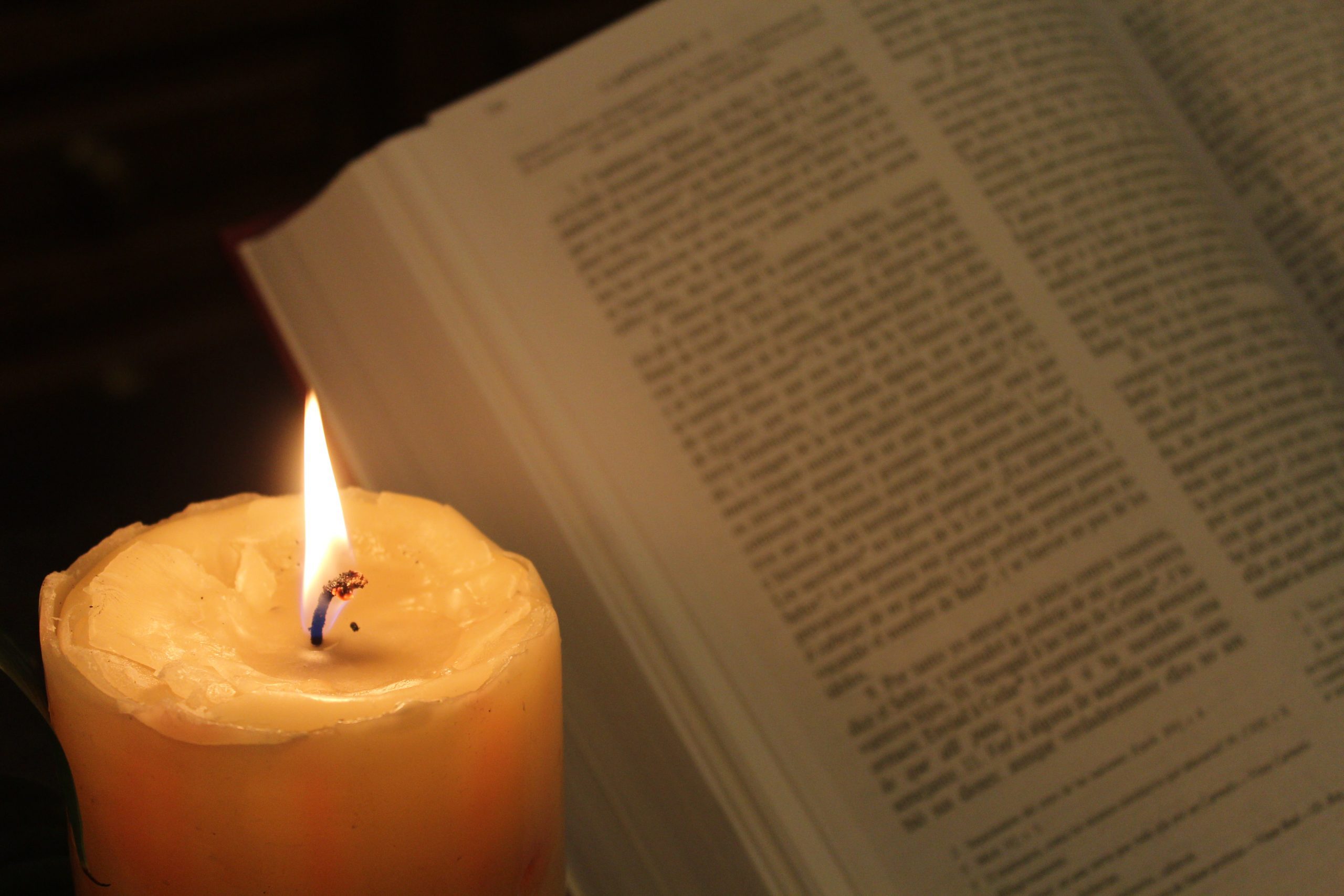Good Friday 2021
Homily on Good Friday of the Lord’s Passion
St. John Paul II Parish, Cedar Springs, Michigan
Mary Queen of Apostles Parish, Sand Lake, Michigan
Father Lam T. Le, Pastor
April 2, 2021
“He was pierced for our sins.”
(Is. 53:5)
Lately there is a disturbing phenomenon: Namely when it comes to a major celebration
of the Church such as Palm Sunday, there are a significant number of people who walk
into the Church to get the palms and then walk out. When asked about remaining for at
least the Proclamation of the Passion of our Lord Jesus Christ which we just heard (we
do the same thing on Palm Sunday), the response is: “We don’t have time for it.” It is so
sad, because if there is any salvation, it is the Sacrifice of the Lamb of God on the
Cross.
Today is Good Friday. It is good because Jesus fulfilled what John the Baptist said at
the beginning of the Gospel According to John: “Behold the Lamb of God, who takes
away the sins of the world” (Jn.1:29). The meaning of this proclamation was unfolding
throughout the passion narrative that we just heard, but above all on the Cross. Let us
focus on two details.
First, when Jesus was on the Cross and said, “I thirst” (Jn 19:28), the soldiers “put a
sponge soaked in wine on a sprig of hyssop and put it up to his mouth” (Jn 19:29). The
evangelist is likely suggesting the sprig of hyssop was used for sprinkling the blood of
the paschal lamb (Ex 12:22).
Second, “the soldiers came and broke the legs of the first and then of the other one who
was crucified with Jesus. But when they came to Jesus and saw that he was already
dead, they did not break his legs” (Jn 19:32-33). Jesus’ unbroken legs are evocative of
the paschal lamb, for the lamb must be unblemished and perfect (Ex 12:5). In addition,
the image of the righteous sufferer may be implied: “Many are the troubles of the
righteous, but the LORD delivers him from them all. He watches over all his bones; not
one of them shall be broken” (Ps 34: 20-21).
Utilizing these symbols, the Evangelist John proclaimed: “Behold, the Lamb of God,
who takes away the sins of the world” (Jn 1:29). Yes, it is the blood of the Lamb of God
poured out on the Cross that cleanses us of our sins and destroys our eternal death.
For this reason, St. John Chrysostom has a beautiful reflection:
If we wish to understand the power of Christ’s blood, we should go back to
the ancient account of its prefiguration in Egypt. Sacrifice a lamb without
blemish, commanded Moses, and sprinkle its blood on your doors. If we
were to ask him what he meant, and how the blood of an irrational beast
could possibly save men endowed with reason, his answer would be that the
saving power lies not in the blood itself, but in the fact that it is a sign of the
Lord’s blood. In those days, when the destroying angel saw the blood on the
doors, he did not dare to enter, so how much less will the devil approach now
when he sees, not that figurative blood on the doors, but the true blood on
the lips of believers, the doors of the temple of Christ (Cat. 3, 13-19:SC50,
174-177).
Now we understand why reception of the Holy Eucharist is the culmination of our
Christian Initiation, and every time we participate in the Eucharist, we are renewing this
initiation: It is a matter of placing the true Blood of the Lamb of God, Jesus, on the
doors of our souls to protect us from all the assaults of the devil.
Salvation for us disciples of Christ is not magic. Salvation is to unite us to the Sacrifice
of the Lamb to make a perfect oblation to God the Father. Salvation is to “look upon
him” whom “they pierced” (Jn 19:37) for our sins. Salvation is to follow Jesus, the
Lamb of God.
During the Showing of the Cross at the proclamation “Behold the wood of the Cross,
on which hung the salvation of the world” my brothers and sisters with all our being
let us respond: “Come let us adore.” Adore the Lamb of God because “Son though
he was, he learned obedience from what he suffered; and when he was made
perfect, he became the source of eternal salvation for all who obey him” (Heb 5:9).
Scriptural Readings:
Reading 1 Is 52:13—53:12; Responsorial Psalm Ps 31:2, 6, 12-13, 15-16, 17, 25;
Reading 2 Heb 4:14-16; 5:7-9; Verse before the Gospel Phil 2:8-9; Gospel Jn
18:1—19:42

